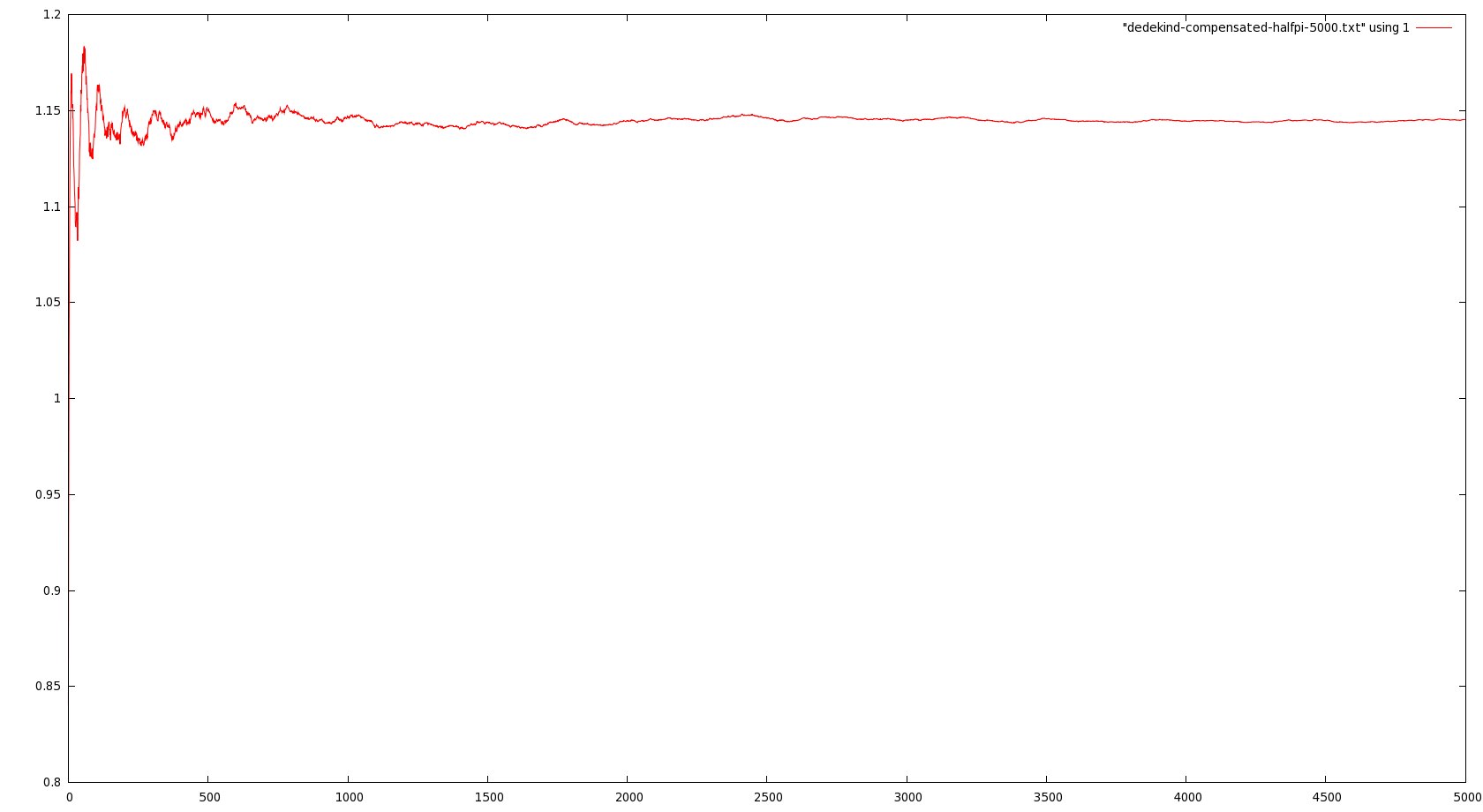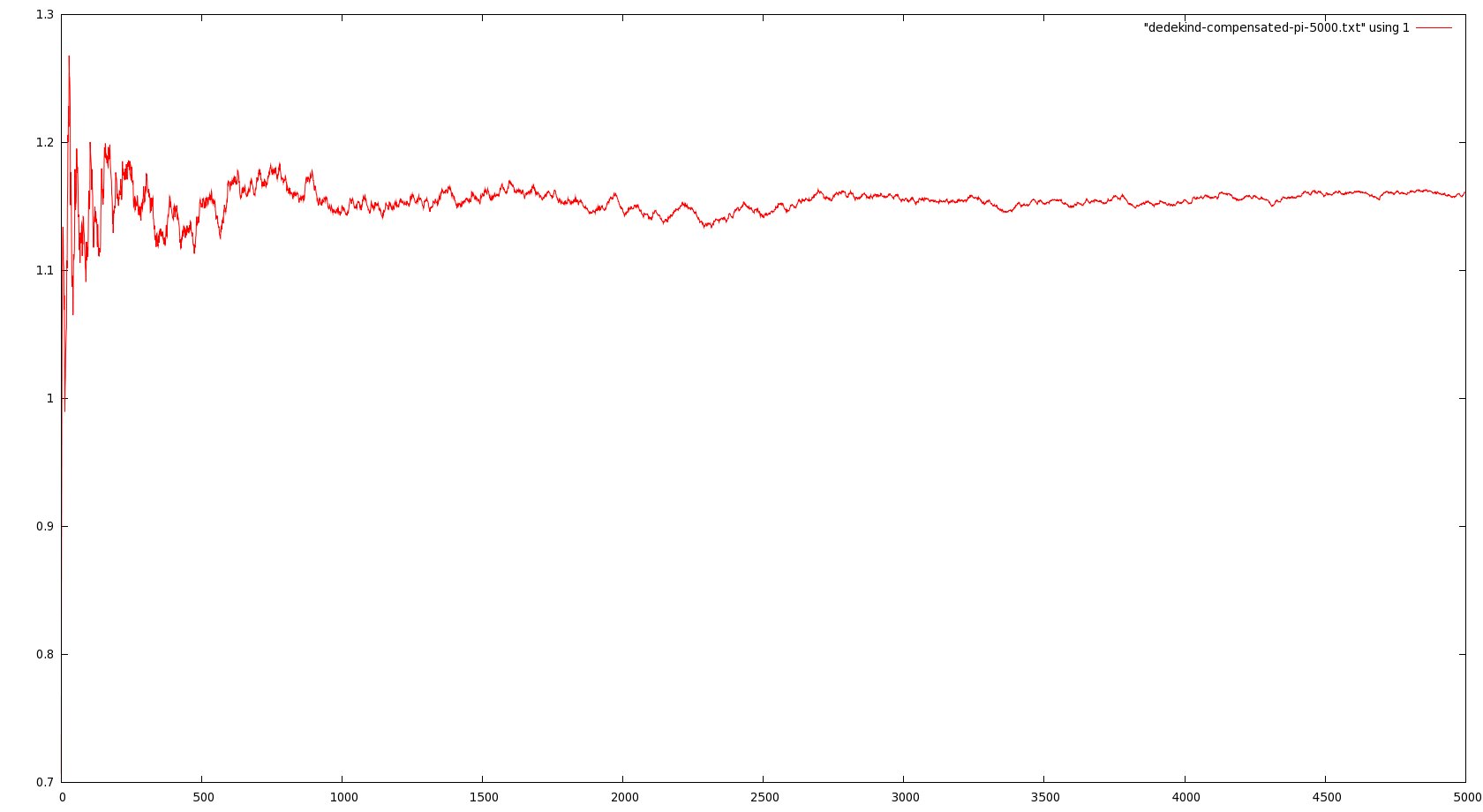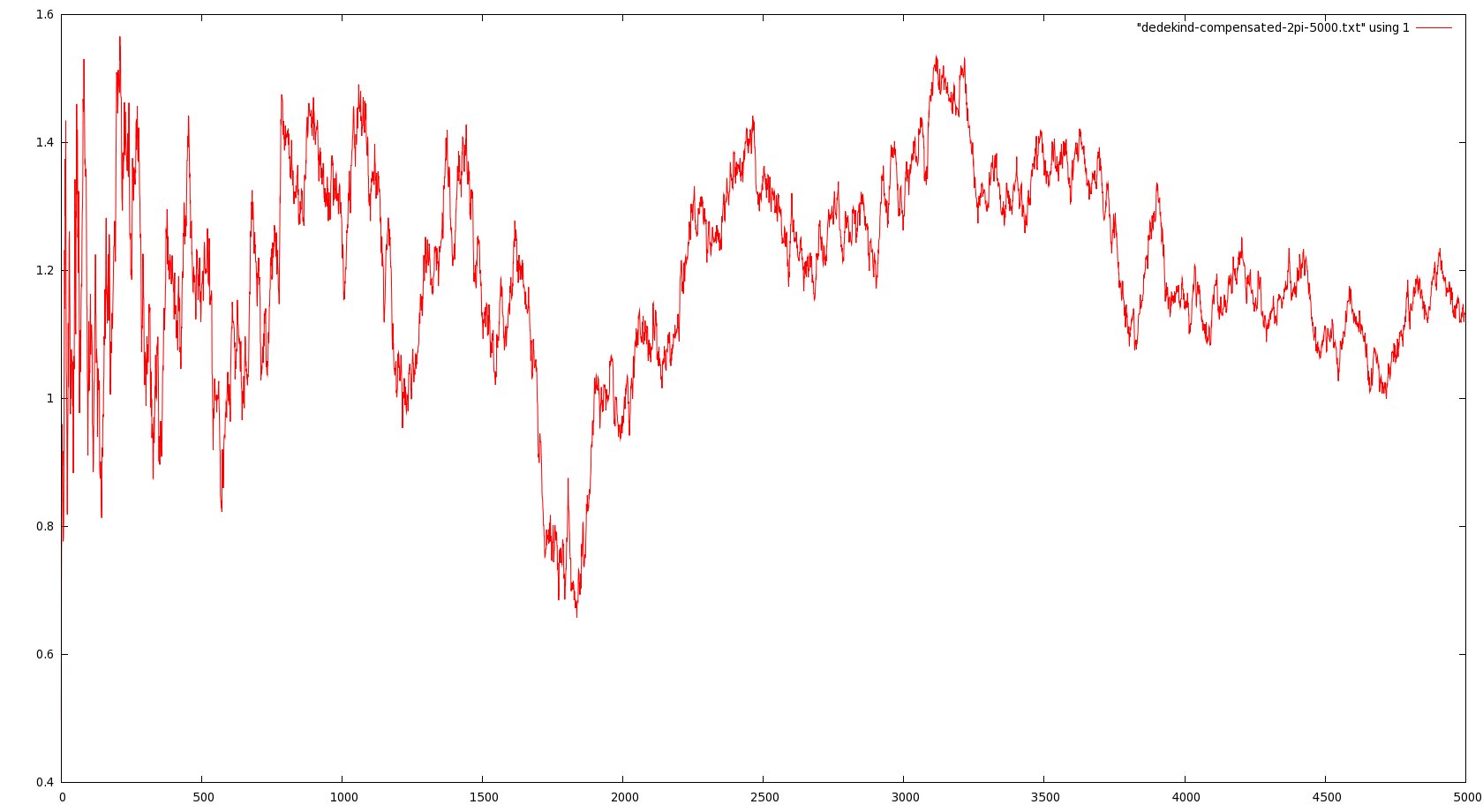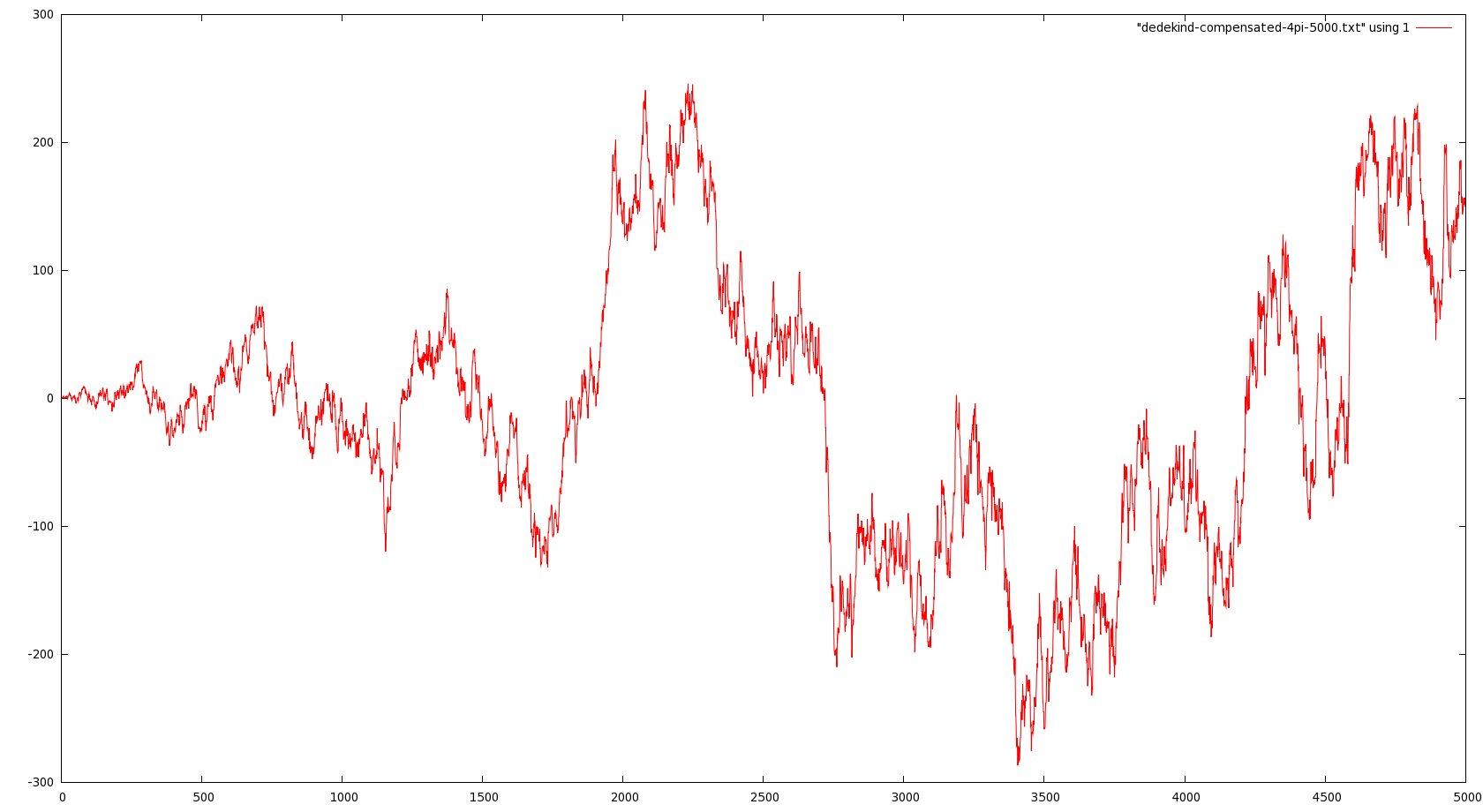There might be some readers who are currently desperately looking for a suitable epigraph for their mathematical masterwork. The best advice I can give is to spend some time in the company of Thomas Pynchon’s works, which abound in scientific and mathematical wit. Many, though aware that P.G. Wodehouse’s wonderfully more readable oeuvre is unfortunately sadly lacking for this purpose, will still object by pointing out the reputation for incomprehensibility of, say, “Gravity’s Rainbow”, a heavy volume supposedly barely more understandable than “Finnegans wake”. However, it should be kept in mind that this reputation is the work of literary critics, who — and they are more to be pitied than castigated — are unlikely to find that the veil lifts when, around page 670, the dashing Yashmeen Halfcourt of “Against the day” starts conversing cogently in Göttingen with David Hilbert to propose what is commonly referred to as the Polya-Hilbert idea to solve the Riemann Hypothesis. But this, of course, is exactly where a mathematician will think that, after all, it’s not so bad.
Here are some of my favorite quotable excerpts from Pynchon:
- From “Gravity’s Rainbow”, which is also full of Poisson processes, if I remember right:
“The Romans,” Roger and the Reverend Dr. Paul de la Nuit were drunk together one night, or the vicar was, “the ancient Roman priests laid a sieve in the road, and then waited to see which stalks of grass would come up through the holes.”
(actually, I have to confess, with respect to this citation, to having committed two of the cardinal sins of epigraphists: I’ve used it twice — my excuse being that one time was for my PhD thesis, which was not published as-is –, and I haven’t read the book much further than beyond the place where it appears; and for those who wonder, there is at least one more dreadful faux pas in epigraphing: doctoring a quote to make it just perfect — and I’ve done it at least once).
-
In “Mason & Dixon”, we find
In the partial light, the immense log Structure seems to tower toward the clouds until no more can be seen.
This novel was published in 1997; one cannot feel anything but impressed to see Pynchon following so closely the latest developments of post-Grothendieck algebraic geometry…
-
Still in “Mason & Dixon” (which I am currently re-reading, hoping to vault triumphantly above the 50 percent mark of understanding), we have
He sets his Lips as for a conventional, or Toroidal, Smoke-Ring, but out instead comes a Ring like a Length of Ribbon clos’d in a Circle, with a single Twist in it, possessing thereby but one Side and one Edge….
which prompts the obvious question: is it really possible to blow a smoke ring in the shape of a Möbius band? Hopefully some experts will comment on this…



